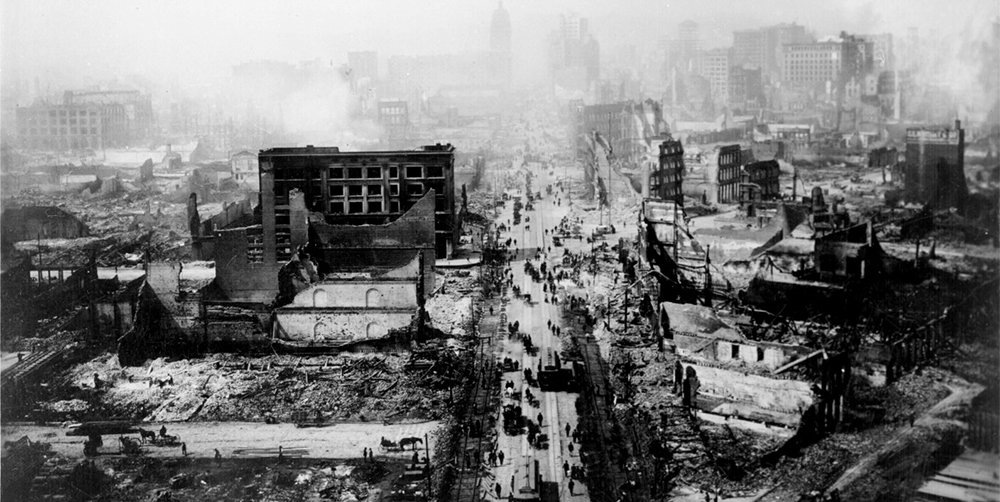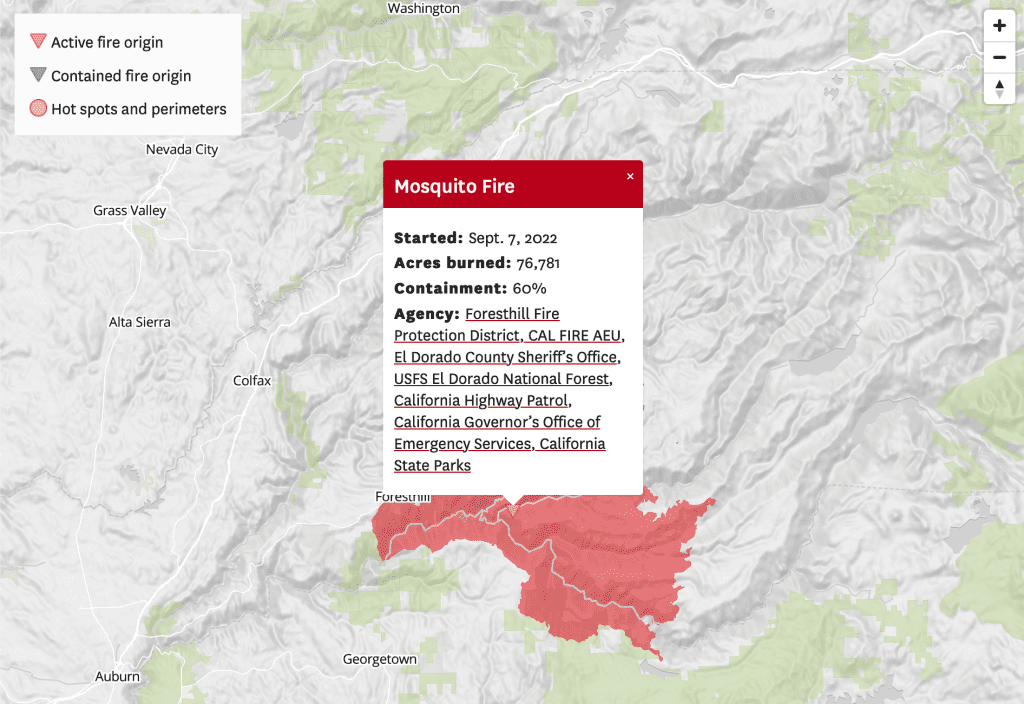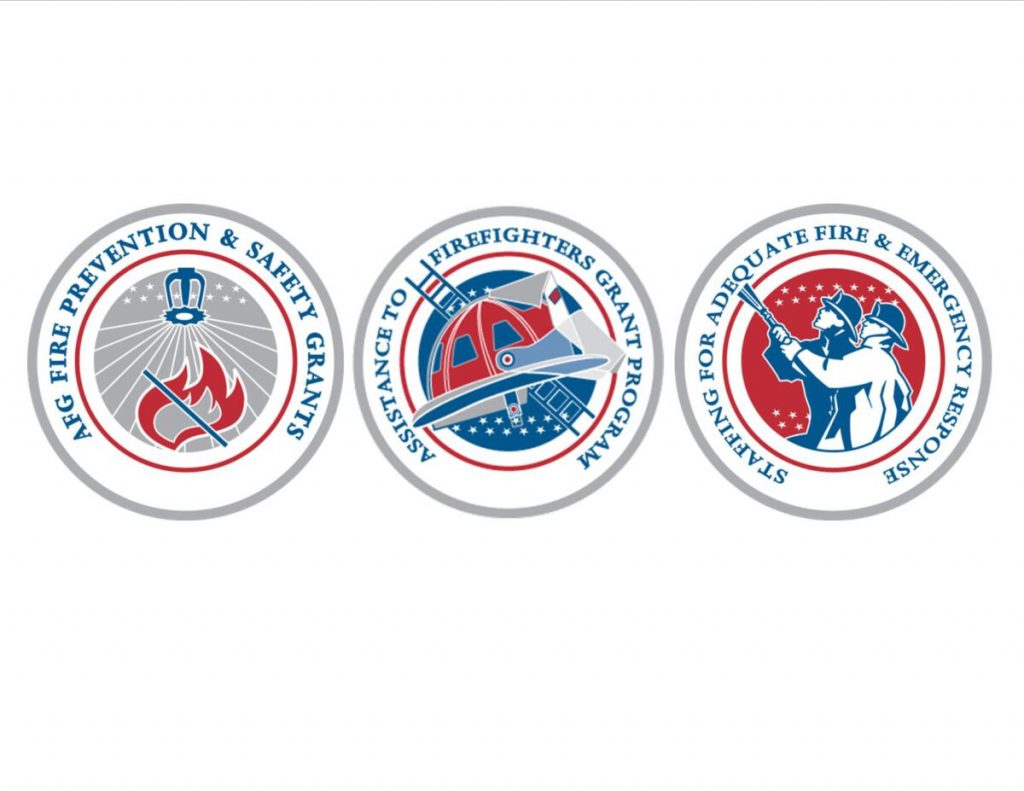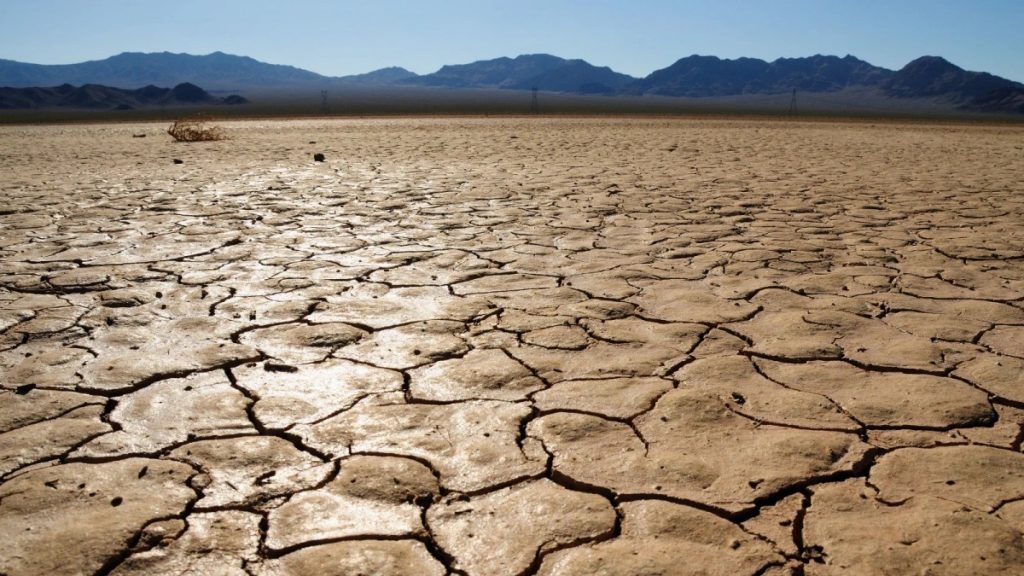Earthquake History
Learn about the quakes that helped shape California
Major earthquakes have marked California’s history since humans started keeping records in the area.
Earthquakes happen every day in California. The vast majority of them are too small for humans to feel, but they’re recorded on the wide-reaching network of earthquake censors that the USGS has placed all over the state. When magnitudes climb into the 5 range, that’s when humans start to take notice.
1680
Southern San Andreas
Estimated Magnitude : 7.8
This little reported, high magnitude quake is significant to scientists because of where it occurred – the southern end of the San Andreas Fault. This is the last known adjustment of this section of the largest, most dangerous fault line in the state of California.
The fault line is approximately 810 miles along and bisects most of the length of the state. It is a strike slip fault, and because of it’s length, it doesn’t have regular, small adjustments. Instead, this huge fault sticks for decades and sometime centuries, storing up energy and stress. When it does adjust, the rips are large and violent. They usually happen to the southern or northern segments of the fault every 150 years of so. But this earthquake was the last time the southern end adjusted. 1680. More than 300 years ago! This means that the section of the San Andreas Fault that is closest to the most populated region of California – Los Angeles – is more than 150 years overdue for a MAJOR ADJUSTMENT.
1769
Portola Expedition
Magnitude : 7.0
The first scientifically recorded quake of serious magnitude in California was reported by the Portola Expedition, with shaking felt throughout the Los Angeles basin. Of course, there were significantly fewer people living in the Los Angeles Basin 250 years ago. Now it’s home to approximately 8 million people. A 7.0 quake today would cripple the region, create thousands of fires instantaneously, and result in billions of dollars in damage.
1857
Fort Tejon
Magnitude : 7.9
The Fort Tejon earthquake is still considered to be the highest magnitude quake on record in California. This 7.9 monster was felt in California, San Francisco and Sacramento. Two people were killed near the Fort. It is believed this earthquake ripped the northern end of the San Andreas Fault, and it is compared in magnitude to the famous “Great Earthquake of 1906.”
1906
San Francisco
Magnitude : 7.8
Still referred to as the Great California Earthquake, San Francisco’s 1906 temblor killed more than 3,000 people, many of whom perished in the raging fires that followed the quake. San Francisco’s population was about 410,000 in 1906, and the Great Quake left 300,000 of the homeless. The overall damage is estimated at $400 million which is well over $8 billion in today’s dollars.

In 1906, San Francisco was considered the “Gateway to the Pacific.” It was the ninth largest city in America, and the most populous and important in the West. The quake struck at 5:12 AM on April 18, 1906, and in less than 42 seconds of shaking, San Francisco’s fate was changed forever. 80% of the city was destroyed by the earthquake and the subsequent fires, that burned unchecked for four days. 25,000 buildings on 490 city blocks were gone. The quake permanently shifted the course of the Salinas River, diverting it six miles south.
1933
Long Beach
Magnitude : 6.4
115 people died in the Long Beach earthquake of 1933. Most of the fatalities occurred when people ran out of buildings and were hit by falling debris. The event is noteworthy for bringing to light the need for structural changes to building codes. The famous Field Act was passed by the California State Legislature exactly one month after the Long Beach Earthquake, mandating that school buildings must be built to earthquake resistant standards.
1989
Lom Prieta
Magnitude : 6.9
The Loma Prieta earthquake is also known at the World Series Earthquake, because it occurred just minutes before the third game of the World Series between the Bay Area’s two MLB teams – the San Francisco Giants and the Oakland Athletics. Because of the sports coverage of the event, this was the first major earthquake to be recorded on live television, and the coverage gave viewers all over the world the opportunity to see, first hand, the terror of a high magnitude earthquake.
63 people were killed and nearly 4,000 were injured. Approximately 10,000 people were left homeless. It would take years to repair damage to the city’s Marina District, Bay Bridge and Cypress Street Viaduct, where the collapse of a 1.25-mile section of the freeway killed 42 people.
1994
Northridge
Magnitude : 6.7
The Northridge Earthquake struck in the early morning hours of January 17, 1994. The 6.7 magnitude quake created shaking that lasted only 20 seconds, but this quake was along a previously undiscovered fault line directly below Los Angeles. The later named Pico fault is a blind thrust fault, which created a vertical movement when the quake hit. Instruments have never recorded a higher ground acceleration in an urban area than they did that morning.
57 people died, more than 8,700 were injured. The Northridge Earthquake is the last earthquake of note to strike the Los Angeles region.
2019
Ridgecrest Earthquake Sequence
Magnitude : 6.4
On July 4th, 2019, magnitude-6.4 quake was in the same area that was struck by a magnitude-5.4 quake in 1995. That Aug. 17, 1995 earthquake, centered north of Ridgecrest, was followed by more than 2.500 aftershocks during the following five weeks. On Sept. 20 that same year, a second large earthquake struck the region. At magnitude-5.8, it was likely on the same fault system as the earlier quake. More than 1,900 aftershocks followed the September earthquake.



